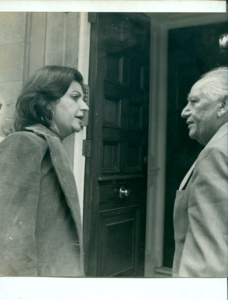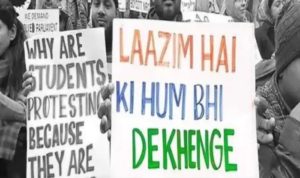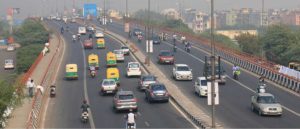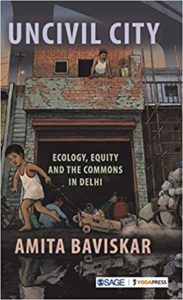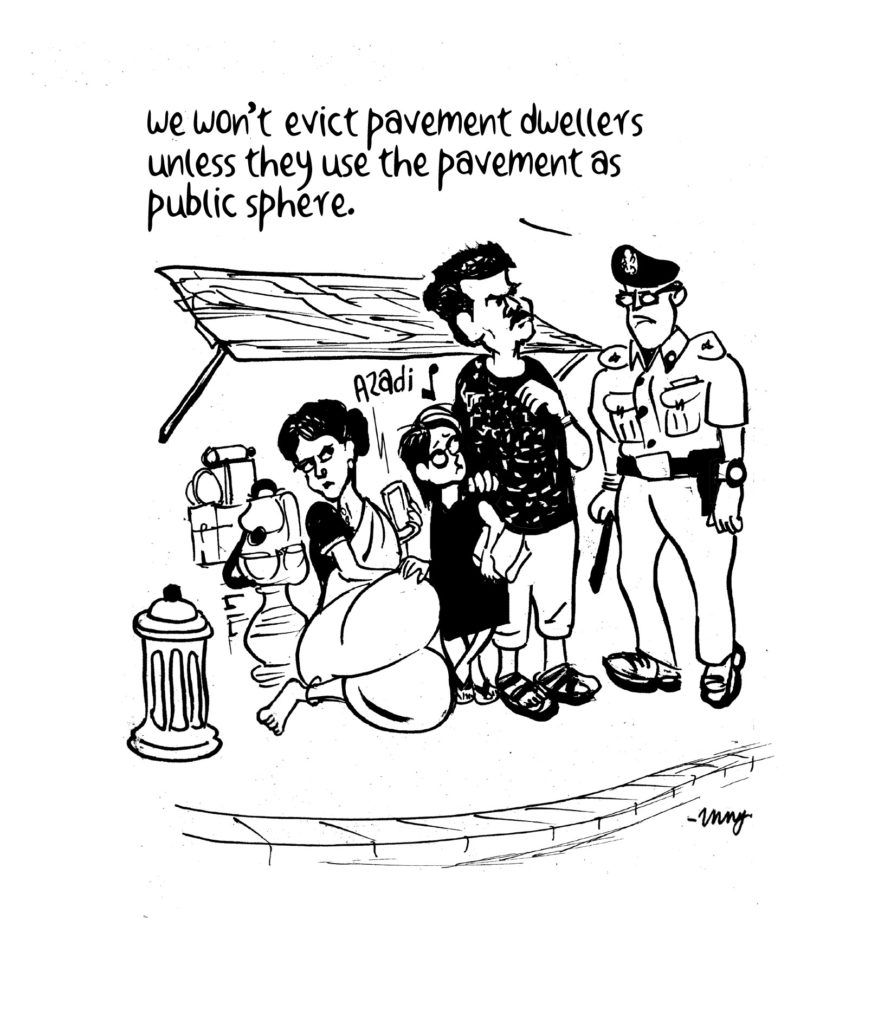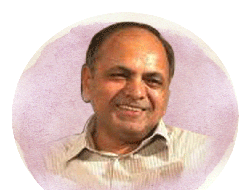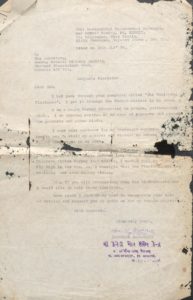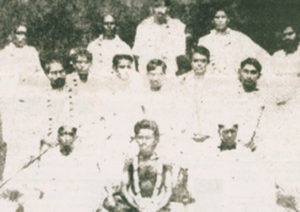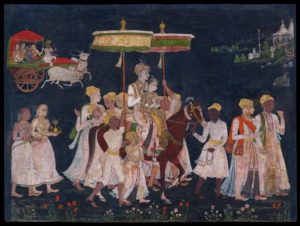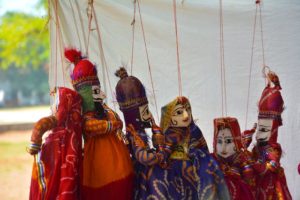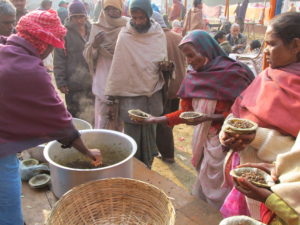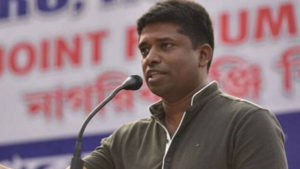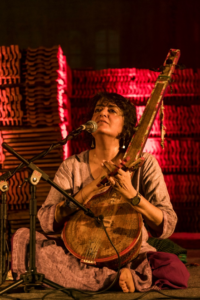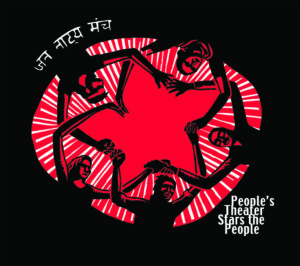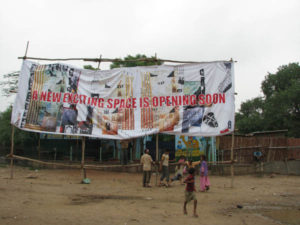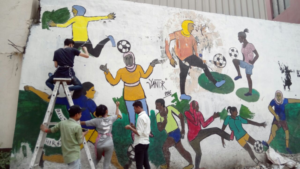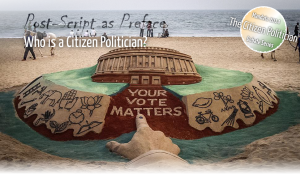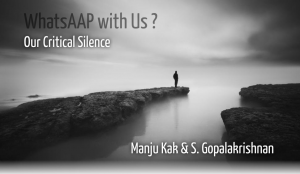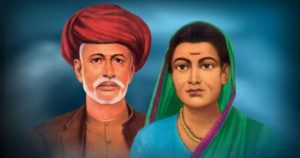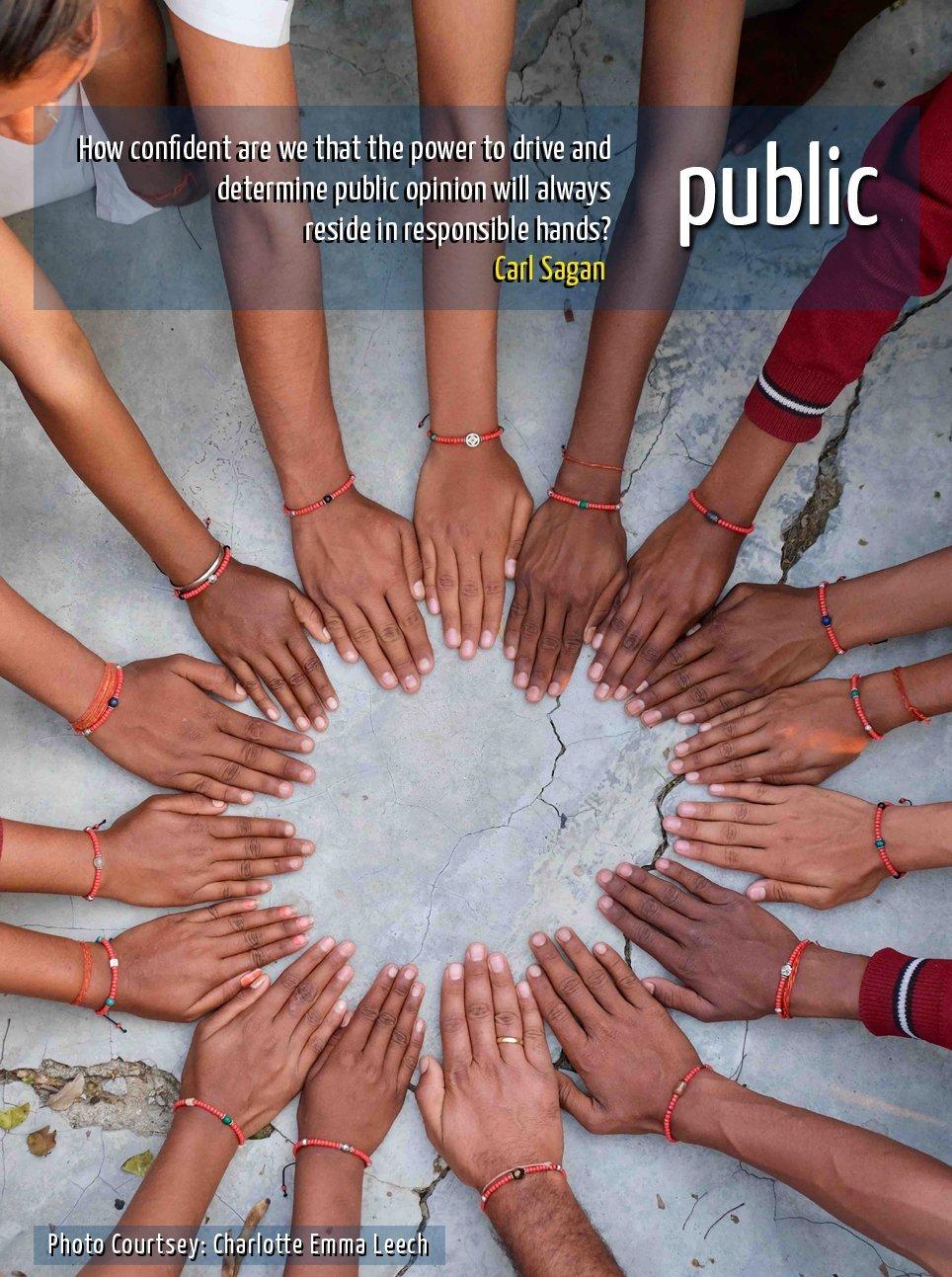
Translocal Governance For A Post-Covid World
Mitra,
As we launch this issue of Inter-Actions themed PUBLIC on World Health Day, an invisible pathogen has beaded the nations of the world onto a thread of public health scare, which has succeeded in physically, and many a time socially, too, distancing human beings from one another.
This is not the first time a pandemic is visiting our planet and drastically altering the dynamics of human history, culture and economic transactions. The Plague of Justinian claimed its major quantum of lives in the Byzantine Empire in 541 AD before recurring across the Mediterranean port cities until 750 AD. Said to have killed 25-100 million people in two centuries, its social, cultural and economic impacts are often compared to that of the Black Death (the Great Bubonic Plague) which took 75-200 million lives in Eurasia, peaking in Europe during 1347-51. Then came the Spanish Flu which lasted from Jan 1918 to December 1920, infecting 500 million people—about a quarter of the world’s population at that time—of which 17-100 million people were dead in just two years.
These bewildering mortality ranges from the past must tell us that the count of human disappearances in the wake of a malady will never be accurate. During the Spanish Flu, for instance, the WWI censors minimised reports of the illness in Germany, France, the UK and the USA. It is from the neutral Spain that the world learnt of the epidemic’s devastating effects, which created a false impression that Spain, after which the flu came to be named, too, was the centre of the pandemic.
Such historical anomalies bring us to the question of truth and its delivery. When a tragedy escalates beyond a certain magnitude, all measures of quantity simply fail to articulate its deeper truths. In such instances, ironically, it becomes irrelevant to know if the actual toll is 25 million or 200 million. When the experience of death assumes such a consuming quality, history’s tireless task must be to investigate and find out what caused the scale, and not merely to take a headcount.
21st century research shows that the viral infection that caused Spanish Flu was no more aggressive than many previous influenza strains. Then how did it kill so many people? Sadly, the real killers are still hiding in history’s dark alleys: malnourishment, overcrowded medical camps and hospitals, poor hygiene causing other types of superinfections.
In the wake of Covid 19, we must plumb such under-recorded histories, and ask ourselves how we might prevent the pandemic from escalating. In India, we know that the statistics that reaches us cannot be correct. Many deaths, especially during a lockdown, in our densely populated cities as well as remote villages go unrecorded. And, these deaths may not be caused by the coronavirus, but some other supercauses that come on the heels of the virus—starvation, sunstroke, superstition, remoteness of location, superinfections caused by lack of adequate information, sanitation, healthcare. These must also be acknowledged as part of India’s cumulative historical truth in these coronatimes.
When the lockdown was announced in our country, lakhs of daily-wage-earning migrant workers were forced to travel enmasse on open trucks or walk hundreds of miles to their homelands, without enough food or water or protection from the sun and rain, because they simply could not afford to stay in a city which no longer offered them any work. Since the Covid 19 scare began, we have had two instances when the Prime Minister’s request to give thanks to those working in the essential services was readily, and most unfortunately, translated into carnivals of sound and fire on our streets. With the poignant march of homebound walkers, the carnivalesque revellers banging plates with spoons and bursting firecrackers while hysterically screaming “Go Corona Go”, and our still bustling subzi mandis, a majority of India’s vulnerable population is out there on the street today, rubbing shoulders, exploding into sweat and exchanging unknown fevers. That street that winds itself to the remotest parts of this country is a part of the gravest truth about Indian culture today.
While this is the state of India from within, some of our celebrated international relationships have become a tad touchy, too. As we release this issue, we hear that the United States, where the corona-related mortality is rising, has forced India to partially lift the export ban on hydroxychloroquine, an anti-malaria drug being touted as a possible coronavirus treatment by President Donald Trump without any clear scientific evidence.
These hazardous moods and moves that rage on the human mind in these coronatimes, from India’s Faridabad to America’s White House, must be recorded in our pandemic diaries as references for ill-governance, as should the crisis management in Kerala and Maharashtra in India, and New Zealand and Singapore beyond our borders, be noted as lessons for future leaderships.
In the middle of all these, we learn that after three months of lockdown, China has resumed its public transport services and allowed the industries to open, including in Wuhan, identified as the first epicentre of the pandemic. We see pictures of Chinese factory workers churning out masks and other means of defence against the pathogen for the rest of the world that is now living in a strange collective isolation. China seems to have sprung back to reassume its position as the global provider of goods and services in our times.
The Chinese economic jigsaw that has led to many conspiracy theories and President Trump’s threat of retaliation directed at India are two ends of a core issue: the self-sustenance of nations in a globalised world. What kind of ideal interdependence are we envisaging in a post-Covid world? Can every world nation become isolated and shut itself in a narrow sense of self-reliance? While communication technology has culturally shrunk the world beyond measure and connected people across borders, how much of economic independence can any nation claim? What new vision of the PUBLIC could emerge from our self-imposed isolation?
At LILA, we keep our fundamental philosophy of Translocality in view every time we reflect on such complex issues. Our firm belief is that the emergence of a new Tranlocal Public is the possibility that our times offers us. Applied in governance this possibility translates into a ‘local people’ or a nation consciously conserving and constantly developing its inherent strengths towards establishing peer transactions with other peoples/nations of the world. This issue of Inter-Actions, pertinently released on the World Health Day offers some seminal ideas towards materialising a translocal way of governance in the world to come.
Our Executive Editor Shivani Karmarkar’s regular column, Aesthetics of Conflict presents a delightfully insightful reflection in “Local Governance Lessons from the Lockdown” on how this governance could start from home and gradually extend itself to the community, nation and world at large.
Our LILAIGHT of the Season reminds us that Covid 19 is not the only issue that we are facing at this time. Our concerns about authoritarianism, citizenship, people’s rights etc are concurrently present even as we fight the pandemic. Hence, do we invoke the inimitable creative genius and governance thinker who is a greater common inheritance of the subcontinent: Faiz Ahmed Faiz. We have reflections and archival images from his daughter, artist and writer Salima Hashmi; a life study by our commissioning editor Dolonchampa Chakraborty; and a personal reading of Faiz’s “Hum Dekhenge” by his friend and educationist Syeda Hameed. In this season, in honour of Faiz and many such creative minds that have endured much hardship for our sake, we fill ourselves with hope and say, “hum dekhenge.”
This quarter’s Renaissance Person, Ganesh Devy, is arguably the finest mind in cultural and organic political thinking in India today. From Literature and Linguistics to Culture and Governance, there is hardly any area of thought to which GN Devy has not presented seminal ideas towards conserving and nurturing the vital multiplicity of our country in our homogenising times.
In Basic Conversations, architect Tapan Chakravarty warns us against shrinking public spaces and academician Amita Baviskar reveals the incongruity that lies at the heart of Delhi’s aspiration as a world class city—its disconnect with the commons.
Unny’s Leetatoon comes to you with an ironical juxtaposition of pavement dwelling and pavement protest to explode the law and order dilemma manifest in our public spaces. In Reflections this quarter, we present archivist Venkat Srinivasan’s tracing of a personal document’s journey into a public archive; Dalit Studies scholar Harikrishnan Sasikumar’s observations on the different ways in which people negotiate caste in their own domestic spaces and in the public; sociologist Maitrayee Chaudhuri’s insightful essay on the unequal access to ‘facts’ in our so-called democracy; conservationist Nobina Gupta’s story about the establishment of Disappearing Dialogues as a means of nurturing public stakeholdership in nature and culture; psychoanalyst Ashis Roy’s study of intimacy in inter-religious marriages set in strained socio-political contexts; and free software proponent Abhas Abhinav’s guidelines for affirming and claiming fearless freedom to counter data control by industrial complexes.
In Rubaru, we have conversations with Junhi Han, Head of Culture at UNESCO, New Delhi on the relevance and functions of heritage in our times; socio-economist Reetika Khera about India’s economic health today, especially during the current public health emergency; IAS-Officer turned activist Kannan Gopinathan on learning to communicate through disagreements; community medicine specialist Kapil Yadav of AIIMS about why health care systems cannot afford to ignore social design; Deaf artist and multimedia specialist Hardeep Singh about the urgent need to give official status to sign language; and Shabnam Virmani, the driving force behind the Kabir Project on keeping the Sufi poet’s secular spirit alive in our contemporary discourses.
Wordactions this quarter presents the inimitable street theatre group Jana Natya Manch aka JANAM. We trace how Janam, through its three decades of engagement, has propelled and witnessed the daily transformation of many a general public into keen audiences. Artactions features Revue, an artist-designer duo whose pathbreaking work towards creating an alternative, community-generated public art practice in India is creating ripples.
In Trailblazers adventurer Lijo Stephen Chacko recounts his extraordinary encounter with a village in Andhra Pradesh that has found a way to focus on nine basic requirements of community living, thereby increasing its public wellbeing.
All these deliberations form part of our attempt to suggest how, post-Covid, we must rethink the notions of both ‘public’ and ‘health’ from a translocal perspective. Along with Daniel Kanheman, we urge this world to think fast and slow at once, towards reclaiming the blessings of nature that are now foregrounded with our race retreating a bit from its aggressive behaviour towards the commons. This appeal we make for the sake of our children, in whose hands the earth must last longer. And those are the hands that you see on our cover this time along with the precious words of Carl Sagan who put things in perspective long back for us by calling the earth “a pale blue dot” in the larger cosmic space.
On the cover, the children of Loka, named after the world, who are currently co-creating a brave new world with their mentors Charlotte and Sanat in a remote village in Aurangabad District in Bihar. They hold the ground with their tiny hands to prevent their loka, their world, from falling apart. To them, we present PUBLIC.
Heartily
Rizio
(for Team Inter-Actions)
Lilaight of the Season
A revolutionary transnational poet shows us the way to nurture a creative transnational public
Basic Conversations
Critical responses to the contemporary development models that have radically altered the way we navigate public spaces
Aesthetics of Conflict
Column by Shivani
Leelatoon by Unny
Cartoon
Renaissance Person
A critical reclamation of the creative individual whose multidynamic praxis is our hope for a New Renaissance
Ganesh N Devy
Thinker, Cultural Activist, Institution Builder
Reflections
Different disciplinary takes on the theme of the quarter towards evolving an inter-linked methodology of thought
Rubaru
In-depth thematic conversations with practitioners from various streams of knowledge and creativity
Wordactions
Janam
Artactions
Revue
Trail Blazers
Critical and creative viewpoints on and responses to topical and philosophical issues
Revisits
Our Earlier 'PUBLIC' related Inter-actions
